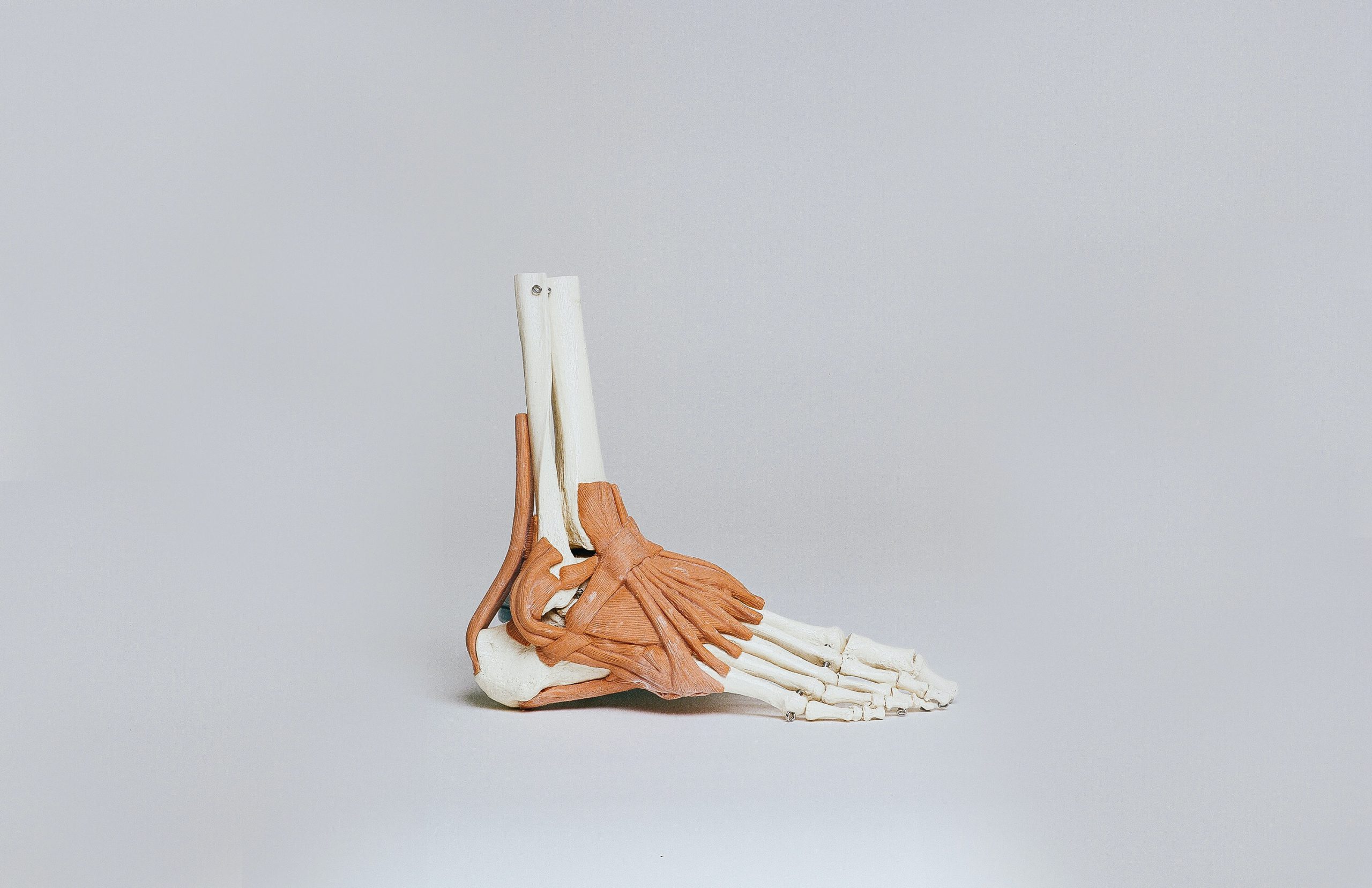Rehabilitation Exercises following a radial head fracture
Introduction
Fractures of the radial head are a relatively common injury that can occur following sports accidents, accidental falls or direct trauma to the elbow. These injuries can result in significant functional limitations and require a focused rehabilitation process to ensure full recovery. In this article we will explore the anatomy of the elbow, the radial head, how these fractures occur, and the key steps to rehabilitation.
Anatomy of the Elbow and Radial Head
In order to fully understand the importance of rehabilitation after a radial head fracture, it is essential to understand the anatomy of the elbow and the location of this small but critical bone structure.
The elbow is a synovial joint consisting of three main bones: the humerus, radius and ulna. These three bones work together to enable a number of crucial movements, including bending and stretching of the arm, as well as pronation and supination of the forearm.
The radial head is a small protuberance at the upper end of the radius, located on the outer side of the elbow. This structure plays a key role in the rotation of the forearm and the stability of the elbow joint. When the radial head is damaged by a fracture, it can cause significant problems performing daily and sporting activities.
Fractures of the radial head occur mainly following direct trauma to the elbow. For example, a direct impact or fall on the elbow can cause a radial head fracture. This type of injury can be seen in various settings, including sports injuries, accidental falls, and car accidents.
It is important to note that, in children, the radial head is particularly vulnerable to fractures due to incomplete development of the bones. This means that young athletes are particularly susceptible to this type of injury. Radial head fractures at a young age require prompt attention and treatment to ensure proper bone growth and complete recovery of elbow function.
Knowledge of the elbow joint and its anatomical components helps guide treatment decisions and plan effective rehabilitation to ensure optimal recovery of arm function.
Conservative Treatment or Surgery
The choice between conservative treatment and surgery depends on the severity of the fracture. Non-displaced or minimally displaced fractures can be treated conservatively with a splint/cast and physiotherapy. However, in more severe fractures involving significant displacement or unstable bone fragments, surgery may be necessary to restore correct anatomy. The orthopaedic specialist will make the right decision by viewing the instrumental tests the patient has undergone, such as x-ray or CT.
Physiotherapy Following Radial Head Fracture
After surgery or during conservative treatment, physiotherapy plays a key role in recovery. The physiotherapist works to restore the strength, flexibility and mobility of the elbow. This process can take several weeks or months, depending on the severity of the injury.
Practical Examples of Rehabilitation Exercises Following Radial Head Fracture
Exercises following a radial head fracture must be carried out once the fracture is consolidated and under the supervision of the physiotherapist. They will decide whether to also assign a series of exercises to be done independently at home, such as those listed below:
- Elbow bending and stretching exercises: These exercises help restore the full range of motion of the elbow. Slowly bend and extend your arm, keeping your elbow close to your body. Repeat this movement in a controlled way.
- Muscle strengthening exercises: Use elastic bands or light weights to strengthen the muscles in the forearm and arm.
- Pronation and supination exercises: Slowly rotate your arm to restore forearm rotation. You can do this by holding a light weight or using a stick.
- Stretching: Perform stretching exercises to improve the flexibility of your forearm and elbow muscles. One example is the “elbow extension stretch”, where you extend your arm and bend your wrist down, keeping your hand against the wall.
- Functional exercises: At the end of the rehabilitation process, your physiotherapist will guide you through exercises that simulate your sports or daily activities, helping you resume your normal activities.
To conclude, radial head fractures require targeted treatment and adequate rehabilitation to ensure complete recovery. Carefully following the rehabilitation plan prescribed by your physiotherapist is essential to restoring full elbow function and resuming your favourite sporting activities safely. Always remember to consult a medical professional for personalised assessment and guidance.









